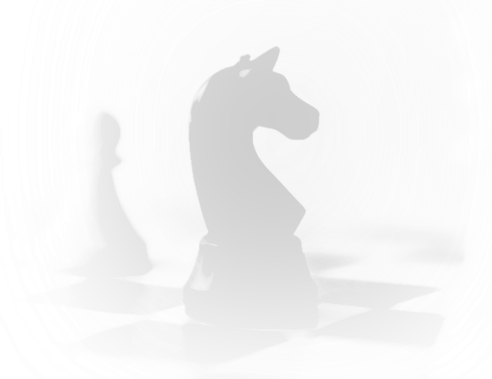On 2-3 March 2020, VCDNP Senior Fellows Angela Kane and Nikolai Sokov participated in the International Institute for Peace (IIP) conference entitled "Friends with Enemies: Neutrality and Non-Alignment Then and Now."
Ms. Kane spoke on the role of neutral and nonaligned states in multilateral institutions and Dr. Sokov presented on the role of neutral states in geopolitics.
Angela Kane on "The Role of Neutral and Nonaligned States in Multilateral Institutions"
During her remarks, Ms. Kane discussed different perceptions of neutrality in the context of the UN, including UN peacekeeping missions, and the diplomacy of neutrality.
Since World War II, the concept of neutrality has played different roles for different countries. Ms. Kane observed that neutral Costa Rica has demilitarized, while also neutral Switzerland has declared "armed neutrality" - meaning that it does not take part in foreign conflict, but maintains a military deterrent capability.
Many neutral countries, however, have contributed troops and resources to UN peacekeeping missions, including Austria. This is because peacekeeping missions - which require the consent of parties to the conflict, neutrality of the UN forces deployed and the use of force only in cases of self-defense - are meant only to stabilize conflict zones.
To that end, the UN has pursued a policy of "preventive diplomacy," the goal of which is to prevent disputes from escalating into conflicts and to limit the spread of conflicts when they do occur. Most commonly this work is expressed by envoys dispatched to crisis areas to encourage dialogue and compromise.
Ms. Kane also observed that neutrality has played an important role during the Cold War, when even the perception of bias among members of the UN Security Council could have agitated existing tensions between the superpowers and threatened the viability of peacekeeping operations.
The idea that the UN should be neutral and impartial, was strongly emphasized during the Cold War, when tension between the two superpowers, the U.S. and Russia, created conflicts regarding peacekeeping operations around the world. Neutrality was then regarded as important in order to maintain cooperation between the superpowers in the Security Council.
Ms. Kane concluded by drawing attention to the International Day of Neutrality, celebrated on 12 December. While the holiday has been observed in the UN context, Ms. Kane noted that this conference could count as one of the educational activities and should be brought to the attention of the United Nations as a contribution to the International Day of Neutrality.
Nikolai Sokov on "The Neutrals and Geopolitics"
In his presentation, Dr. Sokov addressed both the Cold War experience in neutrality and the way the status of neutral states is changing in the present environment. He said that during the Cold War neutrality was implemented at three distinct, although closely interconnected levels, which can be characterized as a fence, a bridge, and a beacon.
In the security arena, neutral states acted as a fence that divided two opposing blocs making surprise attack impossible. Their neutral status was guaranteed not just by legal and political norms, but also by the understanding that if one side attacked a neutral state, the other would see that as war; in a way, neutral states had security guarantees from both sides. As a result, NATO and Warsaw Pact countries faced each other only in Germany and on strategically marginal flanks instead of the across the entire continent. After the end of the Cold War, however, NATO enlarged eastward and the “fence” has almost disappeared.
During the Cold War, neutral states also played the role of a bridge, a platform where two opposing blocs could interact. That role was both indispensable and highly successful. Dr. Sokov noted the wise and far-sighted decision of Austrian and especially Vienna authorities to host the IAEA, which resulted in high prominence of Austria as a bridge. More recently, Austria has been seeking to establish also a platform for nongovernmental dialogue, including Track 1.5 and Track 2 interaction. Thus, the “bridge” function of neutrality has not only continued after the end of the Cold War but stands to grow even further.
Finally, neutral states were the source of new ideas and policies playing the role of a beacon. They did not simply seek to find a course between the two opposing blocs, but chartered a policy at a different level above and beyond the bloc confrontation; the role of neutral states in the Helsinki process in the 1970s was one of more notable instances. They can have the same role in the post-Cold War environment as well; Austria’s role in the movement on humanitarian consequences of nuclear weapons, which resulted in the Treaty on the Prohibition of Nuclear Weapons shows that the role of a “beacon” continues and may even grow.

